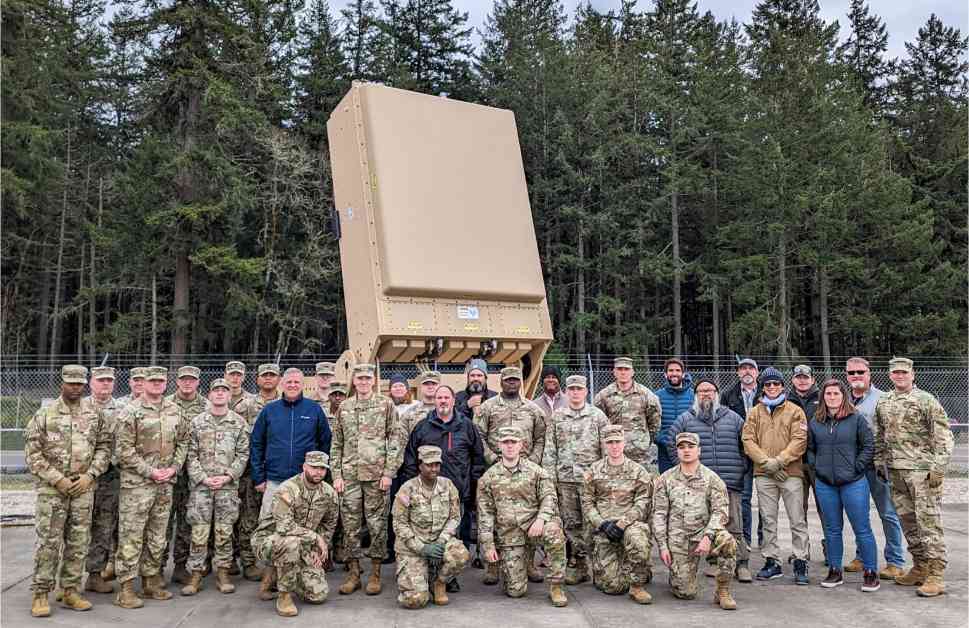In the realm of modern warfare, the use of drones has become increasingly prevalent, especially in conflicts like Russia’s war in Ukraine. A groundbreaking defensive technology has emerged that could revolutionize how militaries defend against drone swarms. Developed by Epirus under US Army contracts, high-power microwave (HPM) technology is at the forefront, offering a unique solution to combat multiple drones simultaneously.
CEO of Epirus, Andy Lowery, highlights the distinctive nature of HPM technology, stating, “There aren’t many other types of systems that have one-to-many effects. Kinetics you rule out. They’re all one-to-one.” This innovative technology, known as the Leonidas system, essentially creates an electromagnetic shield in the sky that disrupts the electronics of any drones that enter its field of effect.
The urgency of implementing such defensive measures is evident as Russian forces increasingly deploy drone swarms that can overwhelm traditional anti-aircraft defenses. With a $66 million Army contract, Epirus has already delivered four prototype systems by March 2024. Army testing has demonstrated the system’s complete effectiveness against relevant threats, showcasing its potential in countering Russian drone swarms.
The high-power microwave shield operates by generating a persistent electromagnetic field that targets the fundamental vulnerability of modern drones—their electronics. This sets it apart from conventional anti-drone systems that require tracking and engaging individual targets. HPM technology establishes a defensive bubble that can safeguard high-value assets continuously, all at the simple cost of electricity.
The US Army’s continued investment in HPM technology is evident through a recent $17 million contract modification for sensor suite upgrades. This ongoing support reflects a growing confidence in the system’s capacity to transform drone defense strategies. Beyond military applications, the technology also holds promise for protecting civilian infrastructure, such as airports, stadiums, and refineries, from potential drone threats.
Andy Lowery emphasizes the broader implications of this technology, stating, “What we’ve, in fact, done is create a forcefield of sorts, which by nature is a one-to-many system that can effectively counter swarms, as well as attacks coming from the consumer electronics and the irregular/asymmetric warfare vectors.”
The potential of HPM technology to reshape drone defense strategies is gaining recognition, with Forbes reporting on Ukraine’s increasing demand for FPV drones and the Pentagon’s plans to procure 3,000 units in two years. As Russian advancements in naval drone technology continue, Ukraine is actively developing countermeasures to address these evolving threats. In a historic milestone, a Ukrainian sea drone successfully launched an FPV strike on Russian coastal air defenses, underscoring the importance of innovative defense technologies in modern warfare.
As we strive to provide you with quality content, we rely on advertising revenue to support our operations. By disabling your ad blocker, you can help us continue delivering informative and engaging articles to our readers. Your support is greatly appreciated.

















